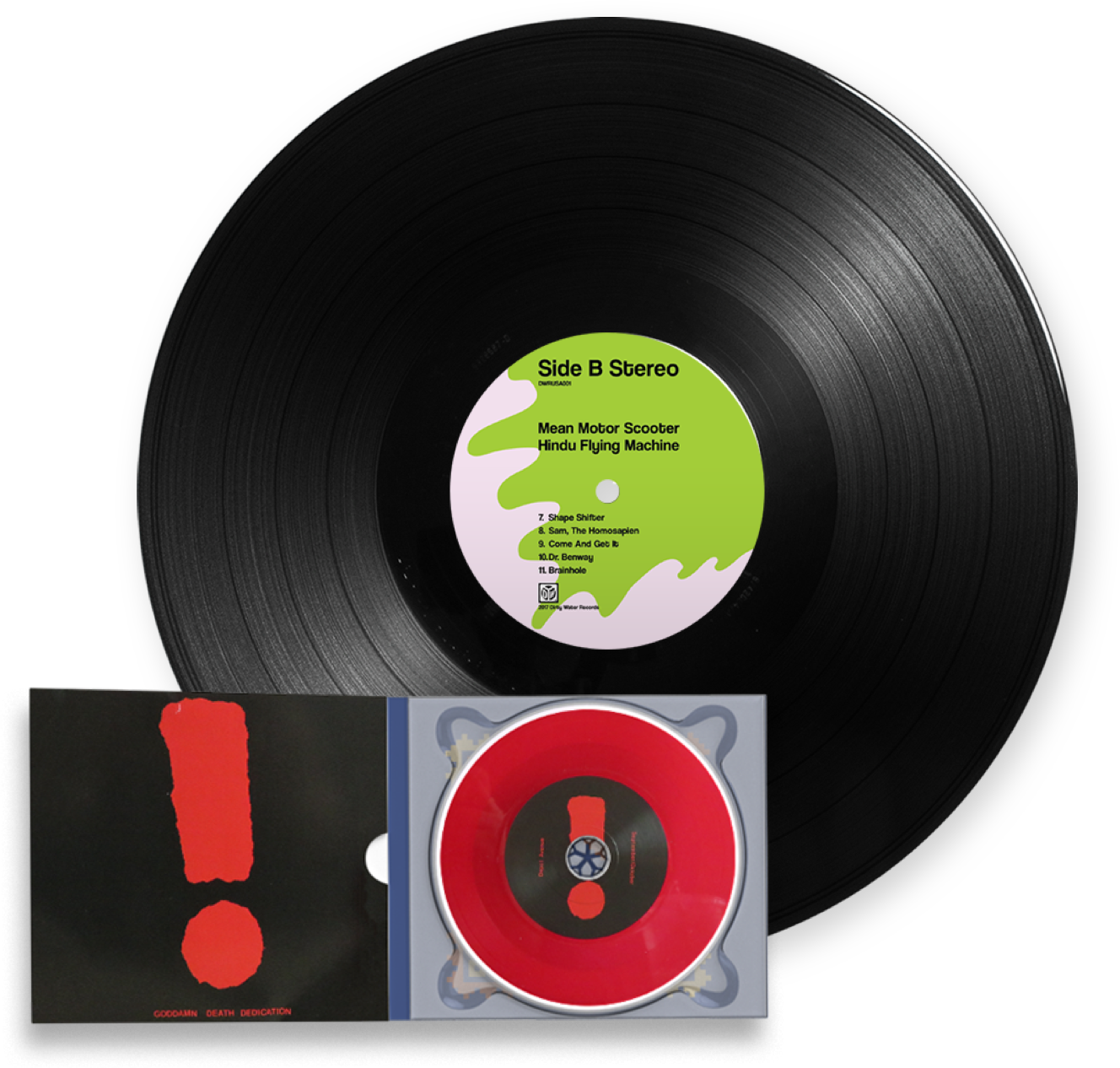Linx has learned that people simply hate to read… and the old adage that a picture is worth a thousand words, plays right into the hands of Instagram. With the power of Facebook behind the new opportunity, this will become a powerful new tool in the marketer’s arsenal, especially lifestyle and technical brands.
Instagram revealed today that it now has more than 200,000 advertisers on the visual social platform. What’s striking about that figure is that the Facebook-owned app only opened its advertising to all marketers about five months ago. (Only a limited number of marketers were allowed to run promos before October.)
To accomplish the feat, Instagram has made a handful of key moves. It’s opened its ads to 200 markets, established dozens of marketing-vendor partnerships, introduced longer-form video ads and carousel ads, and expanded its action-based ad options such as app-install ads, “Shop Now” and “Learn More” buttons. The formats have attracted big names like Hollister, Taco Bell and Mercedes-Benz, while also drawing the business of startups such as iCitizen and Chatbooks.
“The breadth of the 200,000 advertisers reflects the demand from entertainment, gaming, retail, e-commerce, travel, consumer goods—basically all industries,” said James Quarles, Instagram’s global head of business and brand development.
It also helps that Facebook’s advertising system encourages marketers to run paid promos on both Facebook and Instagram.
At any rate, Quarles’ team reports that 75 percent of Instagram’s advertisers are outside the U.S. They point to a case study they did with German supermarket REWE, which ran ads on Instagram to show young mothers how to make simple meals. A mix of foodie photos and witty copy generated a 37 percent lift in ad recall, according to Instagram.
When Instagram began allowing more promos, some industry observers wondered if it would hurt the quality of the app’s ads. But that’s not the case, Quarles said.
“We monitor signals super closely,” he said. “[An important one] is from people themselves giving feedback about ads that either are or are not relevant to them. We think the best-targeted ads are the most relevant to people and perform the best for advertisers. When we heard about negative feedback in the early days, it was about ads not being relevant.”
Earlier this week, eMarketer predicted that 9.5 percent of Facebook’s worldwide mobile ad revenue will come from Instagram. That number, the New York researcher said, will increase to 14 percent next year.
Source: AdWeek February 24, 2016/span>

Instagram Has Over 200,000 Advertisers Just 5 Months After Opening the Spigot
Linx has learned that people simply hate to read… and…

